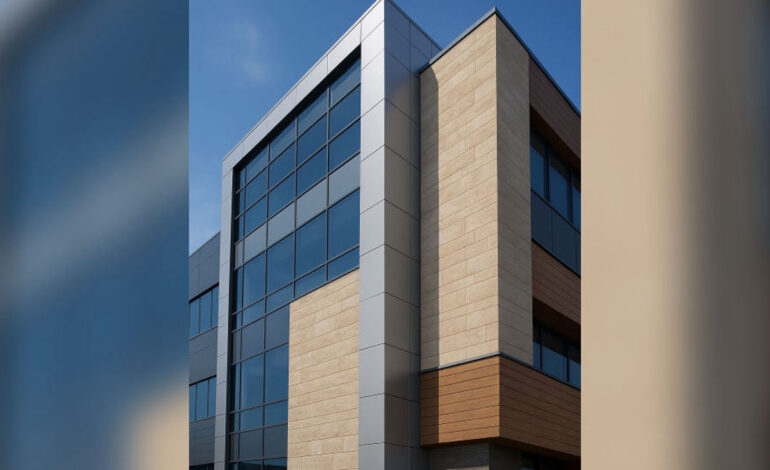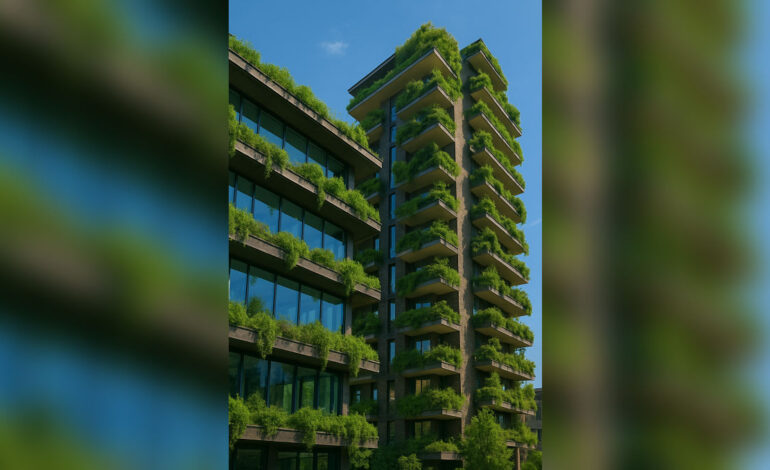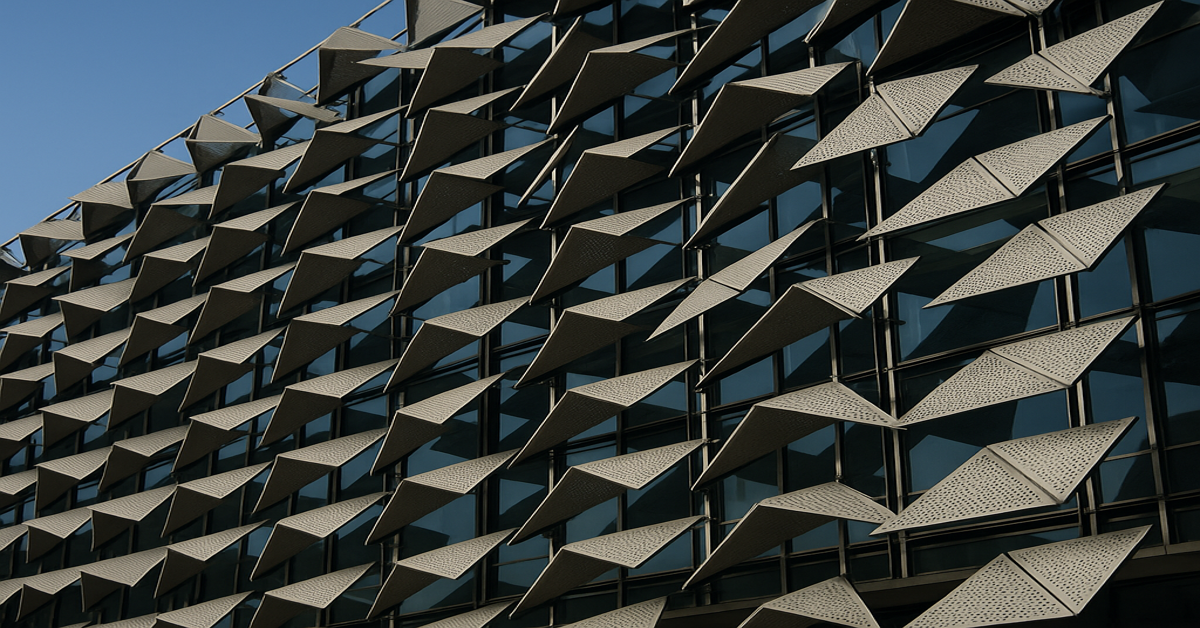Building Cladding and Its Role in Building Facades

When we walk past a modern office tower, a luxury apartment block, or even a mall, the first thing that often catches our eye is its outer shell—the building facade. One of the most important elements that give facades their character, protection, and performance is building cladding.
But what exactly is cladding, and why is it so important? Let’s break it down in simple terms.
What is Building Cladding?
Cladding refers to the external layer or covering that is applied to a building’s structure. It acts as a skin or armor for the building, protecting it from external elements like rain, wind, heat, and pollution. Cladding is not a structural element—it doesn’t hold the building up—but it adds an essential layer of functionality and style.
It can be made from various materials including:
- Metal (aluminum, steel, copper)
- Glass
- Wood
- Stone
- Vinyl
- Composite panels (ACP – Aluminum Composite Panel)
The Role of Cladding in Building Facades
Cladding plays a multifunctional role in both the appearance and performance of a building. Here’s how:
1. Aesthetic Appeal
One of the primary roles of cladding in facades is to give the building a unique visual identity. Architects use cladding to create textures, patterns, and finishes that make the building stand out.
For example:

- Glass Cladding: A Modern Solution for Sleek and Energy-Efficient Building Facades
Glass cladding offers a sleek, modern look by providing a smooth, reflective surface that enhances a building’s aesthetics. It allows natural light to penetrate interiors, improves energy efficiency, and gives structures a contemporary, high-end appearance.

- Wood Cladding: Enhance Building Aesthetics with Natural Warmth and Texture
Wood cladding adds warmth and a natural vibe to buildings, creating a welcoming and earthy aesthetic. Its rich textures and tones blend seamlessly with the environment, offering both beauty and insulation benefits.

- Stone Cladding: Timeless Elegance and Durability for Modern Building Facades
Stone cladding creates a strong, timeless presence with its rugged texture and classic appeal. It adds durability, insulation, and a sense of permanence to any building facade.
2. Weather Protection
Cladding serves as a protective shield against environmental conditions. It helps prevent:
- Rainwater seepage
- Wind damage
- UV radiation effects
By acting as a barrier, it prolongs the life of the internal structural materials and reduces maintenance.
3. Thermal Insulation
Cladding systems can be designed to improve energy efficiency by reducing heat gain in summers and heat loss in winters. Many cladding materials come with insulation layers, helping to cut down on electricity bills for cooling and heating.
4. Sound Insulation
In busy cities or noisy industrial areas, cladding can help reduce external noise, making indoor environments more comfortable.
5. Fire Resistance
Modern cladding materials often incorporate fire-retardant properties, providing an added layer of safety. However, choosing the right type of cladding is crucial, especially after concerns raised by incidents involving flammable cladding.
6. Structural Support (Indirect)
While cladding isn’t a load-bearing element, it can protect and reinforce building joints and gaps, reducing wear and tear on the main structure over time.
Common Types of Cladding in Facade Design
Here are a few popular cladding options used in building facades:
| Type | Characteristics |
|---|---|
| Aluminum Composite Panels (ACP) | Lightweight, durable, low maintenance, widely used in commercial facades |
| Glass Cladding | Offers transparency and modern aesthetics, used in corporate buildings |
| Wood Cladding | Eco-friendly and rustic, suitable for residential or eco-themed projects |
| Stone Veneer | Gives a natural and luxurious look, often used in hotels or villas |
| Ceramic or Terracotta Panels | Traditional yet modern, known for their longevity |
| Fiber Cement Boards | Fire-resistant, moisture-resistant, and easy to install |
Key Benefits of Building Cladding
- Enhances building aesthetics
- Protects against weather damage
- Improves energy efficiency
- Offers customization in design
- Reduces maintenance costs
- Adds value to the property
Things to Consider While Choosing Cladding for Facades
- Local climate – Is the area prone to heavy rainfall, snow, or extreme heat?
- Building purpose – Residential, commercial, or industrial?
- Budget – Some materials are costlier but offer long-term savings.
- Maintenance – How often does it need cleaning or repairs?
- Regulatory compliance – Fire safety, green building codes, etc.
Sustainability and Cladding
Modern architecture is moving toward eco-friendly materials. Many cladding systems now use recycled or sustainable materials. Green facades (like vertical gardens) also act as a type of cladding, blending nature with urban design.
Conclusion
Building cladding plays a critical role in both the functionality and appearance of facades. It’s more than just decoration—it’s a protective, energy-saving, and value-adding component of modern construction.
Whether you’re designing a high-rise office or a cozy home, choosing the right cladding can make a world of difference in durability, comfort, and curb appeal.




